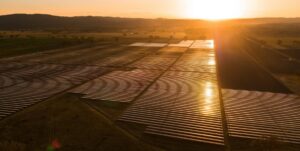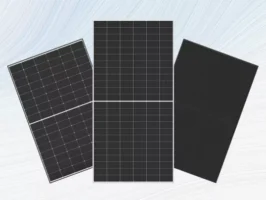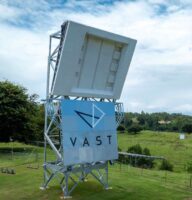Australia will be throwing out 10,000 tonnes of rooftop PV solar panels a year by 2025, yet recycling options remain limited.
That figure is set to rise to anywhere between 30,000 tonnes and a whopping 145,000 tonnes by 2030 when utility-scale solar farms, where panels have a longer life span, begin to replace their equipment, suggest International Renewable Energy Agency (IRENA) data.
However, moves are afoot to deal with the problem, says UNSW research fellow Dr Rong Deng.
“Local waste recycling industries and governments have started taking collaborative and technology-driven approaches to deal with it sustainably,” he says.
Deng is one of the authors on a report into global PV recycling, which found Australia has no mandated PV panel recycling capacity or schemes, such as those in Europe, which force producers to have take-back and recycling schemes for panels.
Only Victoria has a policy that relates to PV waste, a law that forbids e-waste from being sent to landfill.
Some regulation around both recycling and re-use could be a real boost to the potential industry, the study says, by setting up product stewardship for PV panels — rules that make producers responsible for the environmental impact of the products they sell — and awareness campaigns around where panels can be recycled.
RenewEconomy is seeking a comment from Deng.
Overflowing with old PV solar panels
Australia’s current trajectory is forecast to be at the high end of IRENA’s data, with 450,000 tonnes of PV waste by 2040 and 950,000 tonnes by 2050.
The high volumes of waste will be because of the scale of low quality PV panels used, financial incentives to decommission rooftop systems before the expected service lifetime, building upgrades, lack of maintenance by owners, inappropriate installation, and not meeting current Australian standards, the study suggests.
“Residential systems experience higher early decommission prior to reaching technical end of life because of economic and social factors such as receiving new rebates when replacing a small-scale PV system,” it said.
“On average, the practical lifetime for PV modules in Australia is only 15-20 years rather than 25-30 years because residential market dominates Australian PV market (more than 70 per cent market share by 2020).
“Over the next decade, PV modules from residential market will enter the EOL [end of life] market and the actual volume will be higher than previously predicted – which is good news for local PV recycling industry.”
A hot new industry
And while Australia may have no policies in place to handle the PV waste load yet, it does have a burgeoning industry devoted to PV module recycling.
A range of companies and startups are entering the market.
NSW-based PV Industries has offered recycling services since 2018, while Scipher Technologies is the largest licensed e-waste recycler in Victoria and has just won $1.7 million from the NSW government to build a solar panel recycling facility in the Albury area, which aims to process up to 2,000 tonnes a year.
Reclaim PV Recycling is building a large-scale dedicated PV recycling factory in South Australia to handle 70,000 panels a year.
Solar Professionals in Wagga Wagga received almost $1 million in funding from the NSW EPA to deliver an automated solar panels facility, while Victoria companies Solar Recovery Corporation and Ojas Group also offer PV recycling services.
Lotus Energy claims to have the first dedicated PV panel recycling plant in Australia.
What’s next
End-of-the-line recyclers are only part of the solution, however.
Making installers handle removal to a collection point would cut down on logistics and make recycling more attractive, while a ban on sending PV panels to landfill would have an immediate impact.
More research is also needed to figure out how to easily extract and then use the materials in PV panels.
Not only do contaminated hazardous materials come from recycling PV solar panels, but also there are questions over the quality of the recovered glass and the size of markets that might use it.










